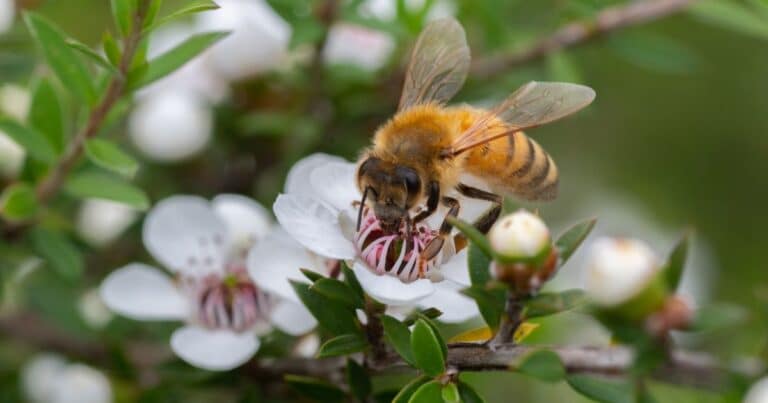Drinking Honey Part 2: the ‘Liquor of Life’
Drinking Honey Part 2: the ‘Liquor of Life’. In the 17th century English courtier and diplomat Sir Kenelm Digby described mead (or honey wine) as…
Drinking Honey Part 2: the ‘Liquor of Life’.
In the 17th century English courtier and diplomat Sir Kenelm Digby described mead (or honey wine) as the ‘liquor of life’. Ironically, shortly thereafter mead suffered a substantial downturn in popularity, although it has remained firmly entrenched in various cultures around the globe (particularly where grapes are not usually grown) and is currently enjoying something of a resurgence in the US. Mead has been something of an institution in Poland since the Middle Ages; is it also commonly produced in other parts of Europe, such as Russia, Bulgaria, Croatia, Serbia, Bosnia, and notably Finland, where raisins are added to increase the sugar content during fermentation. In Mexico, the Philippines and parts of Africa, mead is traditionally a home-made beverage and may still be fermented with wild yeasts. Local variation in taste and aroma is created by the infusion of an infinite variety of herbs, spices, fruit, flowers and other ingredients. ‘Black mead’ is made with blackcurrants; ‘red mead’ uses redcurrants, whereas ‘blue mead’ actually has a blue tint produced by fungal spores added early in the fermentation. Today, some of the best boutique mead is produced in the British Isles, as well as the US – Lithuanian mead is also highly rated. Australia also has a number of commercial ‘meaderies’; Honey Wines Australia, located in the Hunter Region of NSW, boasts that all of the honey they use comes from their own apiaries. Their flavours include coconut, vanilla, raspberry, chai and Turkish delight! Sweet or semi-sweet meads are often paired with cheeses or desserts, whereas other varietals may be best on their own, or as aperitifs.
Just as regular wine made from grapes can be distilled to produce brandy, mead can also be distilled to generate a form of brandy or whiskey (sometimes referred to as a ‘honey jack’), or liqueur. ‘Drakas’ is traditionally produced in Scandinavia by leaving a bowl of honey mead outside at night and then chipping off the ice next morning. This process may be repeated a number of times and is a simple but ingenious form of freeze distillation. In the US, drakas is produced commercially by J. J. Pfister Distilling.
The sweet, smooth taste of honey combines well with spirits and is routinely employed by distilleries to impart novel flavour, using either honey (e.g. Wild Turkey American Honey) or a honey liqueur (Jack Daniel’s Tennessee Honey). Gin and rum may also be flavoured in a similar fashion. Closer to home, Taverner’s Tasmanian Single Malt Whisky Honey Mead combines single malt whisky with eight-year-old mead produced from award-winning Tasmanian honey. Krupnic is a traditional liqueur from Eastern Europe made from vodka infused with honey and a large variety of herbs and spices. This inspired the Byron Bay Spirits Co. to come up with Byron Bees Honey Liqueur, which contains unique local botanicals.
What about spirits manufactured purely from honey? Medovaca, from Croatia, is a brandy produced solely from honey mead through a process of double distillation. It is described as being crystal clear and very smooth, with subtle notes of honey. Likewise, Comb Vodka, from New York’s Stilltheone Distillery, is distilled exclusively from orange-blossom honey, and is rich and smooth, with a mild, fruity sweetness and floral overtones. The Hidden Marsh Distillery, also located in New York state, produces a triple-distilled vodka from wildflower honey, while Wigle Landlocked Oak is produced in Pennsylvania from buckwheat honey, and is essentially a rum (although it cannot be legally labelled as such), with a complex, slightly smokey flavour and a strong vanilla nose.

